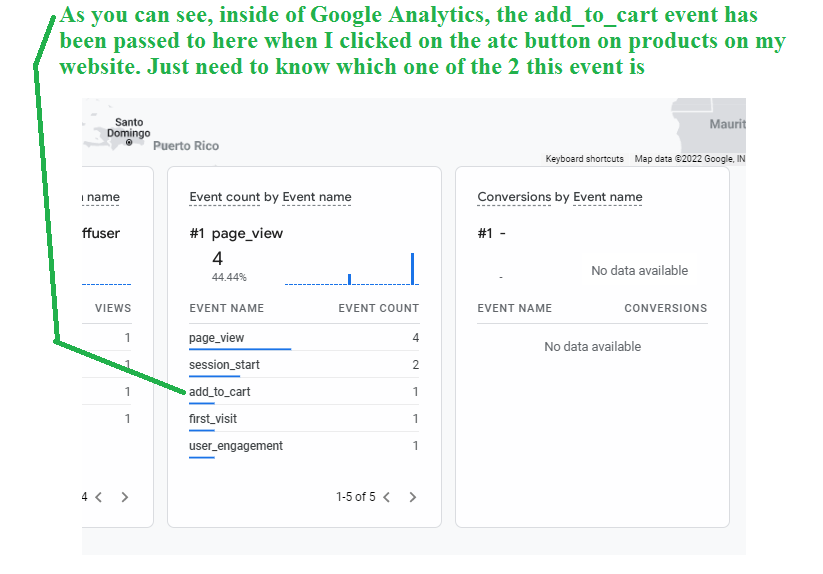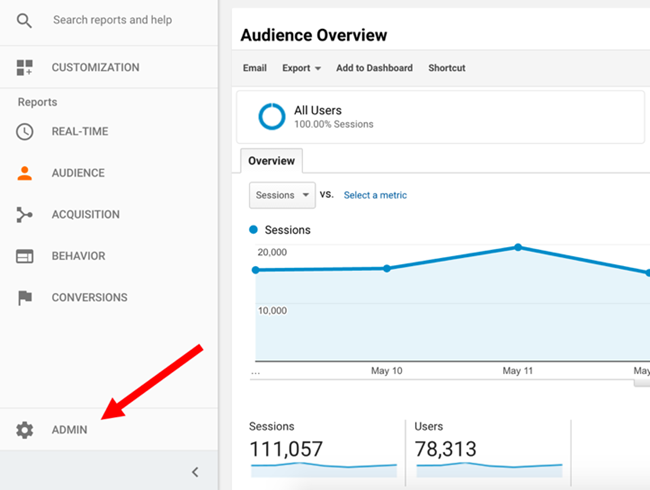Comprehending the Power of Remarketing In Google Analytics
Comprehending the Power of Remarketing In Google Analytics
Blog Article
Using Remarketing in Google Analytics: A Comprehensive Guide
Harnessing remarketing in Google Analytics supplies organizations a critical side in reaching out to potential clients. This guide will certainly shed light on the essential actions included in utilizing the full possibility of remarketing in Google Analytics, leading to enhanced marketing end results.
Recognizing Remarketing in Google Analytics
Remarketing in Google Analytics enables businesses to purposefully target individuals that have formerly communicated with their internet site or mobile app. By leveraging data from Google Analytics, organizations can develop personalized remarketing checklists based on individual habits, such as pages checked out, actions taken, or certain objectives accomplished. This effective tool makes it possible for services to re-engage with users that have revealed interest in their solutions or items, eventually increasing the probability of conversion.
Recognizing the different kinds of remarketing strategies is vital for a successful campaign - What Is “Remarketing” In Google Analytics?. Google Analytics offers different alternatives, including typical remarketing, dynamic remarketing, and remarketing listings for search advertisements (RLSA) Each type serves an one-of-a-kind objective and can be tailored to satisfy certain marketing goals
In addition, analyzing the performance of remarketing campaigns is vital for maximizing outcomes. Google Analytics gives beneficial insights into the effectiveness of different remarketing techniques, enabling services to make data-driven choices and fine-tune their targeting strategy. By continually monitoring and adjusting remarketing initiatives based on analytics information, organizations can make best use of ROI and drive success in their marketing initiatives.
Establishing Up Remarketing Projects

After establishing target market listings, the next action is to connect Google Analytics with Google Ads. By connecting these two systems, services can seamlessly move audience lists from Google Analytics to Google Advertisements for remarketing functions. This integration enables even more accurate targeting and better project performance.
As soon as the accounts are linked, businesses can produce remarketing campaigns in Google Ads making use of the target market notes formerly defined in Google Analytics. These projects can be personalized with specific ad creatives, messaging, and bidding process strategies to properly re-engage with past site visitors and drive conversions. By following these steps, services can take advantage of the power of remarketing to enhance their marketing initiatives and raise ROI.
Making Use Of Target Market Segmentation Approaches

Predefined segments in Google Analytics allow you to swiftly examine common audience classifications fresh customers, returning users, or users that completed a details objective on your website. Custom sections, on the various other hand, allow you to develop one-of-a-kind segments based on specific criteria that are essential to your organization purposes. Dynamic remarketing checklists automatically adjust based on individual habits, revealing tailored advertisements to customers who have actually interacted with your website in particular ways.
Analyzing Remarketing Efficiency Metrics
Upon examining the effectiveness of remarketing this content projects in have a peek at these guys Google Analytics, the analysis of vital performance metrics gives important understandings into audience involvement and conversion rates. By diving into metrics such as click-through prices (CTR), conversion rates, price per acquisition (CERTIFIED PUBLIC ACCOUNTANT), and return on ad invest (ROAS), marketers can assess the success of their remarketing efforts. Evaluating these metrics allows marketers to optimize campaigns, improve audience targeting, and designate budget plans properly to enhance overall remarketing efficiency.
Maximizing Remarketing Approaches
When refining remarketing methods in Google Analytics, concentrating on audience division is paramount for achieving project success. By splitting your audience into certain sections based upon their actions, demographics, or interests, you can customize your advertisements better to every team. This targeted strategy increases the probability of involving users who have already shown passion in your solutions or items, resulting in higher conversion rates.
One more critical element of enhancing remarketing techniques is constantly testing and refining your campaigns (What Is “Remarketing” In Google Analytics?). A/B testing different ad creatives, messaging, or offers can assist you determine what reverberates finest with your audience and drives one of the most conversions. By assessing the efficiency of these tests in Google Analytics, you can make data-driven choices to maximize your remarketing initiatives better
In addition, leveraging vibrant remarketing can substantially improve your campaign results. This feature permits you to reveal individualized advertisements to users based upon their previous communications with your site, showcasing products or solutions they have formerly checked out. By delivering customized web content to individuals based on their passions and behaviors, dynamic remarketing can aid raise involvement and drive conversions.
Final Thought
Finally, harnessing remarketing in Google Analytics is a critical method to target users that have actually previously engaged with a website. By developing personalized audience listings and utilizing target market segmentation approaches, services can maximize remarketing projects for enhanced conversion prices. Evaluating efficiency metrics and constantly maximizing techniques are critical for taking full advantage of the performance of remarketing efforts.
Google Analytics offers different choices, including basic remarketing, vibrant remarketing, and remarketing listings for search advertisements (RLSA)After establishing up target market lists, the following action is to connect Google Analytics with Google Advertisements. By linking these two systems, companies can effortlessly move audience listings from Google Analytics to Google Advertisements for remarketing functions.As soon as the accounts are linked, companies can create remarketing projects in Google Advertisements making use of the audience details previously defined in Google Analytics.When refining remarketing approaches in Google Analytics, focusing on audience segmentation click reference is vital for attaining campaign success.
Report this page